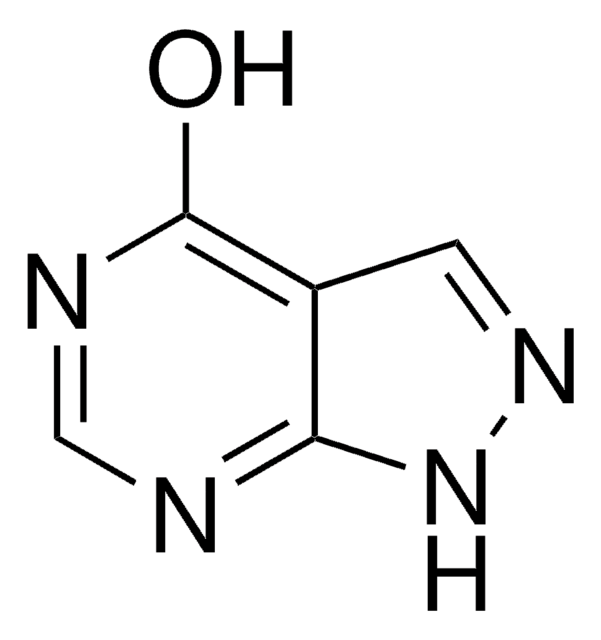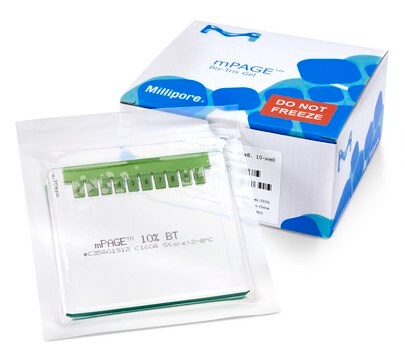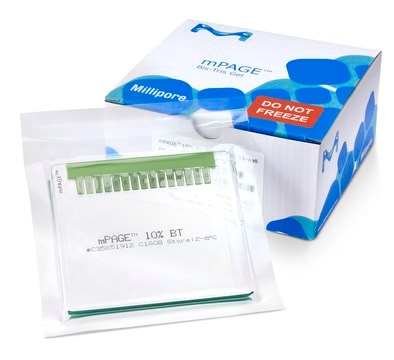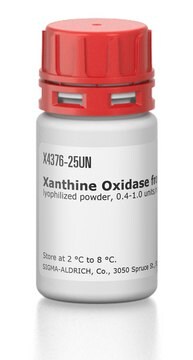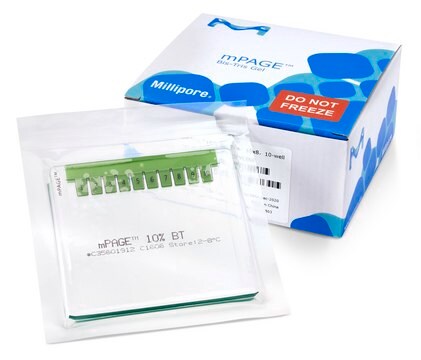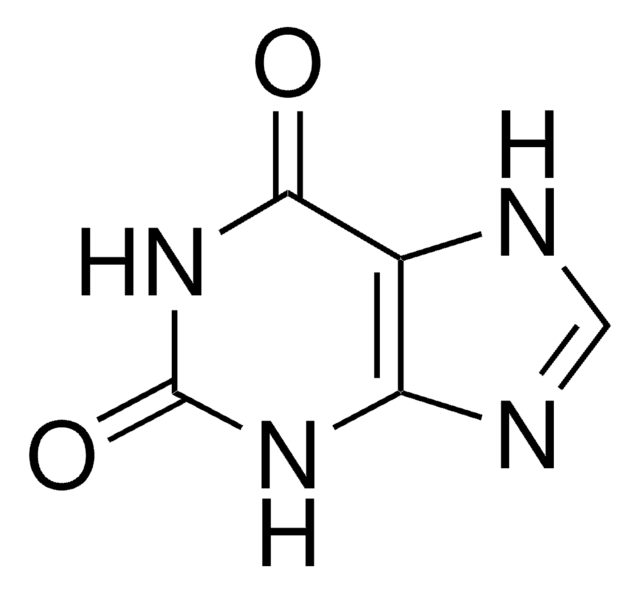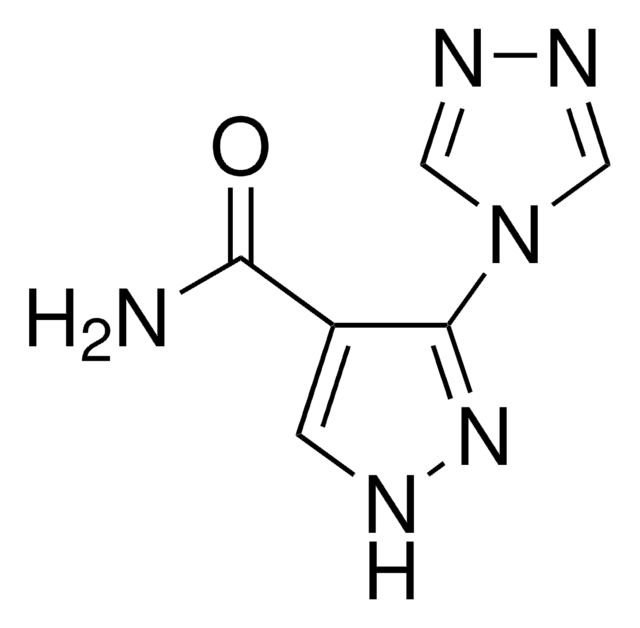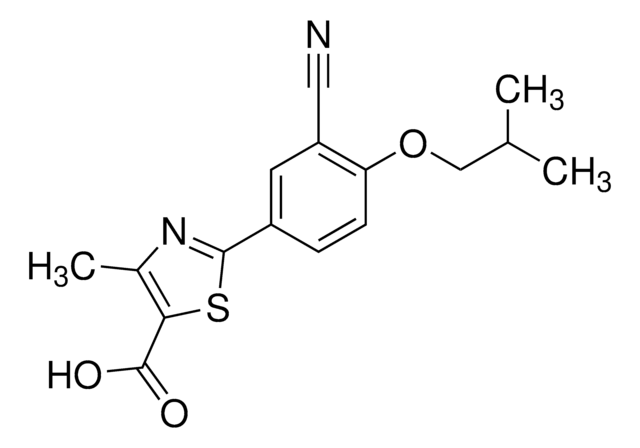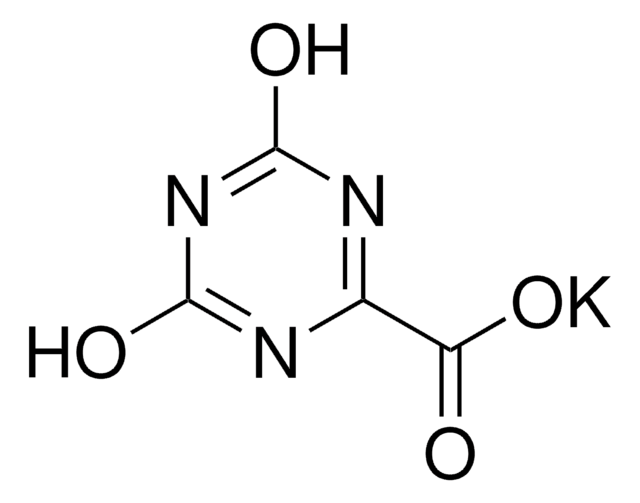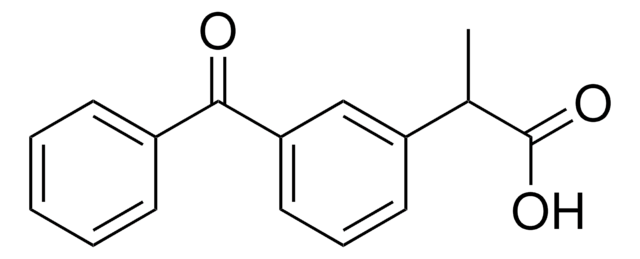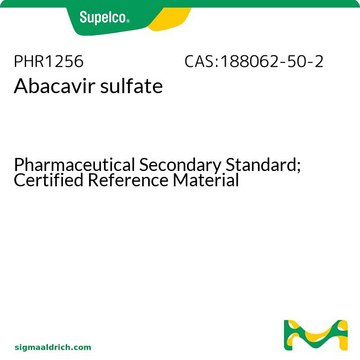PHR1377
Allopurinol
Pharmaceutical Secondary Standard; Certified Reference Material
Synonym(s):
Allopurinol, 1H-Pyrazolo(3,4-d)pyrimidin-4-ol, 4-Hydroxypyrazolo(3,4-d)pyrimidine, 4-Hydroxypyrazolo[3,4-d]pyrimidine, HPP
About This Item
Recommended Products
grade
certified reference material
pharmaceutical secondary standard
Quality Level
Agency
traceable to BP 870
traceable to Ph. Eur. A0350000
traceable to USP 1013002
API family
allopurinol
CofA
current certificate can be downloaded
technique(s)
HPLC: suitable
gas chromatography (GC): suitable
mp
>300 °C (lit.)
application(s)
pharmaceutical (small molecule)
format
neat
storage temp.
2-30°C
SMILES string
O=C1NC=Nc2[nH]ncc12
InChI
1S/C5H4N4O/c10-5-3-1-8-9-4(3)6-2-7-5/h1-2H,(H2,6,7,8,9,10)
InChI key
OFCNXPDARWKPPY-UHFFFAOYSA-N
Gene Information
human ... XDH(7498)
Looking for similar products? Visit Product Comparison Guide
General description
Allopurinol is a drug used in the treatment of chronic gout or hyperuricaemia. Its mode of action involves inhibition of xanthine oxidase, an important enzyme catalyzing the hydroxylation of hypoxanthine to xanthine and xanthine to uric acid.
Application
Biochem/physiol Actions
Analysis Note
Other Notes
Footnote
related product
Signal Word
Danger
Hazard Statements
Precautionary Statements
Hazard Classifications
Acute Tox. 3 Oral - Skin Sens. 1
Storage Class Code
6.1C - Combustible acute toxic Cat.3 / toxic compounds or compounds which causing chronic effects
WGK
WGK 2
Flash Point(F)
Not applicable
Flash Point(C)
Not applicable
Choose from one of the most recent versions:
Certificates of Analysis (COA)
Sorry, we don't have COAs for this product available online at this time.
If you need assistance, please contact Customer Support.
Already Own This Product?
Find documentation for the products that you have recently purchased in the Document Library.
Customers Also Viewed
Our team of scientists has experience in all areas of research including Life Science, Material Science, Chemical Synthesis, Chromatography, Analytical and many others.
Contact Technical Service